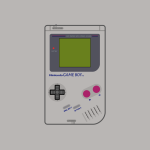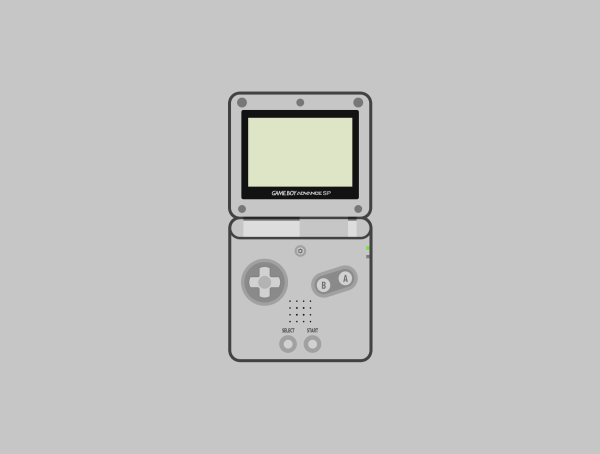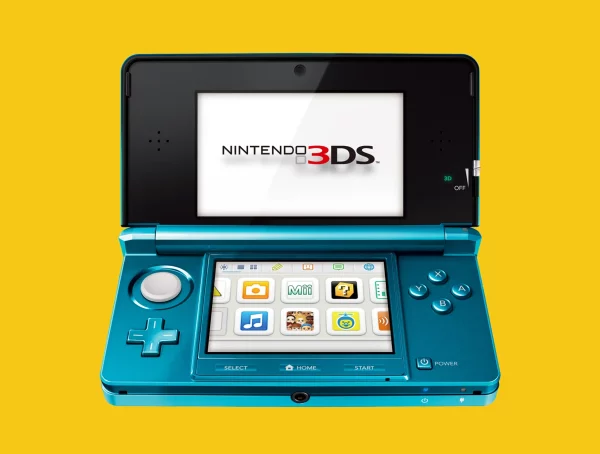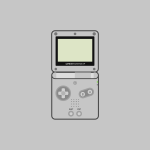The Nintendo Wii Mini is a lesser-known variant of the highly successful Nintendo Wii console. Designed as a more affordable and compact alternative, the Wii Mini represents Nintendo’s effort to extend the Wii’s life cycle while targeting budget-conscious consumers. Although it never reached the global impact of the original Wii, the Wii Mini has a unique place in Nintendo’s hardware history.
Overview
- Name: Nintendo Wii Mini
- Model Number: RVL-201
- Launch Date:
- Canada: December 7, 2012
- Europe: March 15, 2013
- United States: November 17, 2013
- Discontinued: 2017 (varies by region)
- Original Price:
- Canada: CA$99.99
- US: US$99.99 (with Mario Kart Wii included in some bundles)
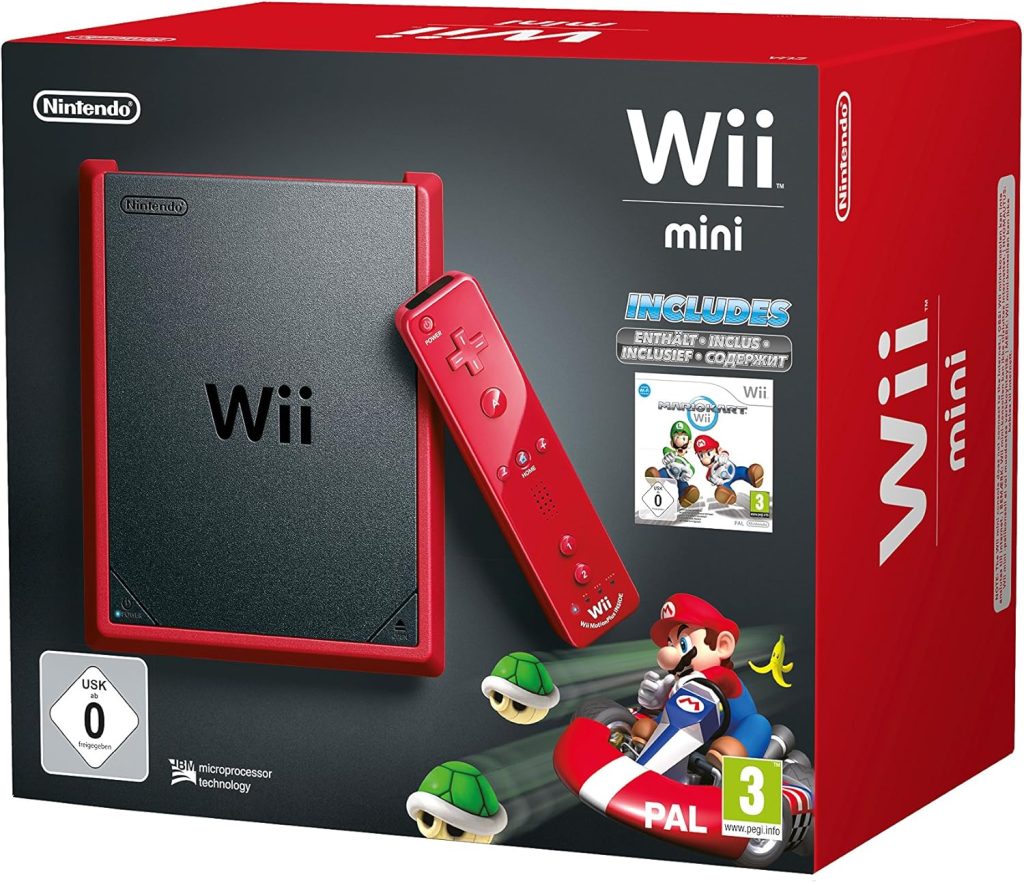
History and Development
After the huge success of the original Nintendo Wii, which launched in 2006 and became one of the best-selling consoles of all time, Nintendo began transitioning its focus toward the upcoming Wii U (released in 2012). However, recognizing that the Wii still had significant appeal, especially in the casual gaming market, Nintendo introduced the Wii Mini as a budget-friendly, stripped-down version of the console.
The Wii Mini was not aimed at existing Wii owners or tech enthusiasts but rather at new, cost-sensitive consumers, families with children, or collectors. By removing some features, Nintendo was able to lower the cost and extend the Wii’s accessibility.
Regional Availability
The Wii Mini had a limited regional release:
- First launched in Canada in December 2012.
- Later rolled out in Europe in early 2013.
- Finally made its way to the United States in late 2013.
The console was never officially released in Japan, making it one of the few Nintendo systems to skip the company’s home country.
Wii Mini: Technical Specifications
Here’s a breakdown of the key specs and features of the Wii Mini:
| Category | Details |
|---|---|
| CPU | IBM PowerPC Broadway, 729 MHz |
| GPU | ATI Hollywood, 243 MHz |
| Memory | 88 MB (24 MB internal 1T-SRAM + 64 MB external GDDR3) |
| Storage | No internal storage; supports SD cards (SDHC not supported) |
| Video Output | Composite video only (no component or HDMI) |
| Audio Output | Stereo via AV cable |
| Disc Drive | Single-layer 12 cm Wii optical discs only (no GameCube compatibility) |
| Ports | 2 USB 2.0 ports |
| Connectivity | No Wi-Fi or online capabilities |
| Backward Compatibility | No support for GameCube games or accessories |
| Controllers | Comes with 1 Wii Remote Plus and 1 Nunchuk |
| Color | Matte red with black top; red controllers and accents |
| Dimensions | Smaller than the original Wii; top-loading disc drive |
Key Limitations
The Wii Mini made several notable sacrifices compared to the original Wii:
- ❌ No Internet/Wi-Fi. You can’t access the Wii Shop Channel, online multiplayer, or any updates.
- ❌ No GameCube support. No GameCube games, controllers, or memory cards.
- ❌ No SDHC support. Only standard SD cards up to 2 GB are supported.
- ❌ Only Composite Video Output. No component support for higher video quality.
- ❌ No Backward Compatibility. It’s strictly a Wii-only machine.
These limitations were significant, but intentional, Nintendo designed the Wii Mini as an offline, entry, level console.
Bundles and Packaging
The Wii Mini was typically bundled with:
- 1 red Wii Remote Plus
- 1 red Nunchuk
- Pre-installed game (in some regions), like Mario Kart Wii
The packaging was compact and heavily branded with red and black colors, reflecting the unit’s distinctive look.
Games Compatibility
Despite its limitations, the Wii Mini is compatible with most Wii disc-based games, making it suitable for offline single-player or couch co-op experiences like:
- New Super Mario Bros. Wii
- Donkey Kong Country Returns
- Super Smash Bros. Brawl (offline only)
- Mario Kart Wii
- The Legend of Zelda: Twilight Princess (Wii version)
- Just Dance series
However, games requiring online features or the Wii Shop Channel could not be fully utilized.
Reception and Legacy
The Wii Mini received mixed to negative reviews from critics. While its low price and physical design were praised, the lack of key features such as online access and GameCube support were seen as serious drawbacks, especially in an era where digital content was becoming increasingly important.
Criticism focused on:
- Limited functionality
- No internet connectivity
- Downgraded video output
- Lack of support for older games
However, in the right context (e.g., families wanting a simple, offline console for kids), the Wii Mini had its niche.
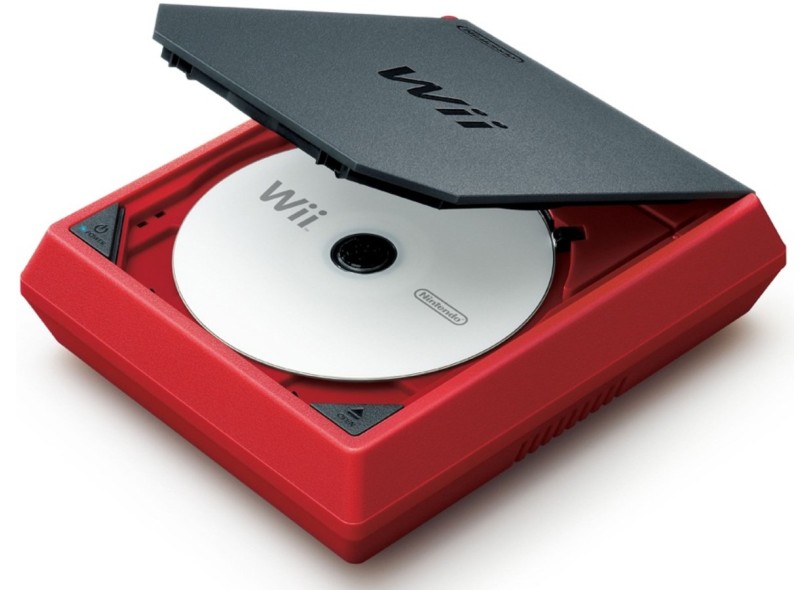
Sales and Market Impact
- The Wii Mini sold modestly, particularly in Canada and parts of Europe.
- It did not significantly extend the Wii’s life cycle, especially after the launch of the Wii U.
- Its limited availability and features meant it never reached the mainstream status of the original Wii.
Wii Mini is a Collector’s Item
The Nintendo Wii Mini was a curious entry in Nintendo’s hardware lineup, an ultra-budget console with extreme simplicity. While it never became a commercial hit, it represented Nintendo’s strategy of reaching the widest audience possible, even during a transition to a new generation.
Today, the Wii Mini is a collector’s item, especially because of its unique design, regional exclusivity, and the fact that it’s one of the few Nintendo consoles not released in Japan.
Did You Know?
- The Wii Mini’s top-loading disc tray is a throwback to older consoles like the PS1 or GameCube.
- It was one of the few Nintendo consoles without any online capability, even in an era where digital access was standard.
- Its red-and-black design is one of the most visually distinct in Nintendo’s hardware lineup.
More from CONSOLES
Nintendo Panasonic Q: The Hybrid Console That Fused Gaming and DVDs (2001)
The Nintendo Panasonic Q is one of the most fascinating and rare pieces of hardware in Nintendo’s history. A unique …
Game Boy Advance SP: A Revolutionary Flip in Handheld Gaming (2003)
The Game Boy Advance SP (Special) marked a turning point in Nintendo's portable gaming legacy. As an upgraded version of …
Nintendo 3DS: The Complete History, Versions, and Specs of Nintendo’s Groundbreaking 3D Handheld Console (2011)
The Nintendo 3DS stands as one of the most innovative and successful handheld consoles in gaming history. Launched during a …
